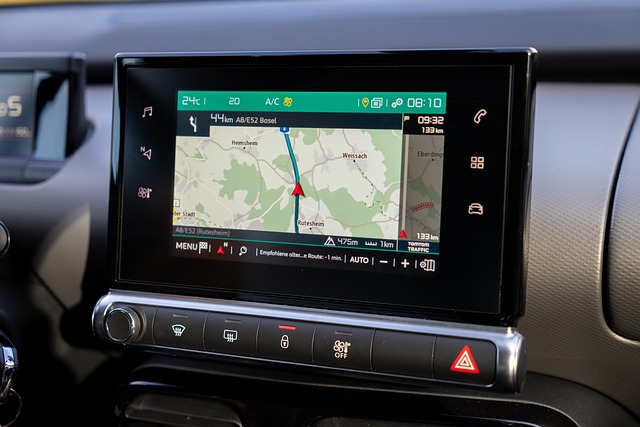GPS tracking involves placing a tracking device inside of a vehicle, asset, or on someone to record their exact location before transmitting this data wirelessly over a network back to a server.
GPS tracking technology can assist fleet managers and safety managers with improving safety practices by detecting unsafe driving behaviors such as speeding, harsh braking, and other traffic infractions that endanger fleet costs and make sure customers receive their deliveries on schedule.
Real-time Alerts
GPS trackers use satellite signals to pinpoint their position on Earth, then relay this information back to a server for processing, which generates reports that end-users can view in real-time on computers, tablets, and smartphones.
Real-time alerts provide businesses with valuable insight into the movements of vehicles and equipment, helping to improve efficiency, save money, and mitigate risk. They also help companies fulfill promises made to clients by meeting delivery deadlines on time.
Employers should develop a transparent policy on GPS monitoring that details its purpose, scope, and limitations to keep employees and supervisors aware of what is being monitored and its potential effects on them. Furthermore, employers should offer training or education sessions on how best to use the system and respect personal rights while using it.
Speeding Alerts
GPS technology was originally conceived as a military project; today it finds use in several fields including fleet management and personal tracking. With accurate positioning capabilities that help companies reduce expenses, increase safety measures, and track vehicles or assets in real-time, GPS is now widely adopted across several industries and applications.
GPS systems utilize sophisticated software to monitor vehicle speed and alert drivers if they exceed the posted limit by up to six miles per hour. They may also notify you if drivers exceed any specific threshold, such as six miles over.
This feature can be especially beneficial to businesses that depend on drivers to transport expensive equipment like construction. It helps prevent theft while ensuring all vehicles are used only for business purposes – helping lower insurance rates, fuel consumption, and maintenance costs as well as avoid employees using company cars after hours for personal purposes or running errands after work hours. Furthermore, greener driving practices may reduce environmental impact.

Geofence Alerts
Geofence capabilities on GPS devices allow fleet managers and families to receive notifications when an employee or family member enters or leaves a predetermined geographical area, providing valuable updates that maintain productivity and safety. This functionality provides crucial tools for keeping employees productive and safe.
This feature is especially advantageous for businesses that rely on regular delivery routes, such as delivery trucks. By setting an alert that alerts dispatchers whenever a truck exits its configured route, dispatchers can save both time and resources by quickly calling drivers to confirm their locations or dispatch a replacement driver if necessary.
Non-profit and healthcare organizations that use Android devices to monitor patients who require close monitoring may benefit from using GPS tracking for this feature, for instance setting an alert when someone leaves and doesn’t return within an agreed period. Monitoring such events with GPS can reduce absenteeism and compliance issues as well as theft prevention or security risks.
Detention Alerts
GPS tracking alerts offer supervisors valuable data to manage their caseloads more effectively. Officers can gain instant location data when an offender tampers with the device, exceeds zone boundaries, or loses signal strength – helping them keep tabs on any suspicious activities in real-time.
Detail Trip Reports provide an opportunity for home visits, employment checks, and covert surveillance at optimal times. Knowing an offender’s schedule helps tailor these types of activities and lower risk.
Telematics provides insights into route optimization and fleet management. Managers can monitor if jobs are being completed within their allotted times, see where there is congestion or road construction on routes, understand when drivers aren’t active on job sites to optimize fleet utilization, identify when maintenance or repair work needs to be performed on vehicles or equipment, reduce downtime costs and make more informed decisions to increase efficiency and enhance safety.

